Interface Builder in XCode 4.5 respects the intrinsicContentSize for some views, e.g. NSButton, but I can't convince it to respect it on my own custom subviews. This causes IB to add extra constraints trying to force the layout drawn in IB, which then causes the intrinsic sizes to not be used when the program is run.
For example, consider a button centered in a window, and a custom view centered in a window…


You can see that the custom view gets four constraints, presumably because IB doesn't know the view's intrinsicContentSize. You can change which extra constraints are added, e.g. you can force it to be width and height instead, but you can't delete them.
I'm coping with this now by searching and deleting the extra constraints in my awakeFromNib, but there must be a better way to do this.


